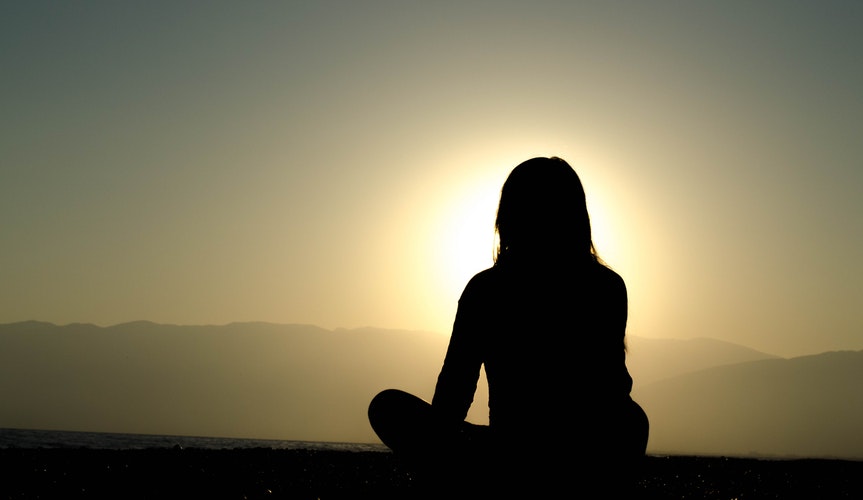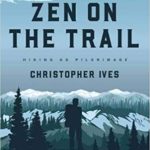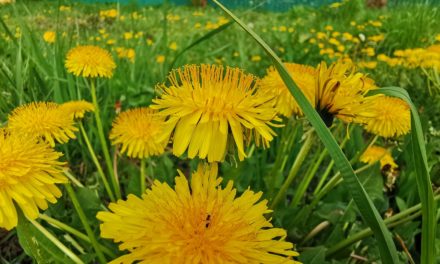For several miles above the suspension bridge the trail continues up the valley above on an abandoned railroad bed. In the nineteenth century the Dry River drainage was logged clear up to Oakes Gulf, and as I hike past hemlocks, haircap moss, and cinnamon ferns, I realize that my energy is low and my mind groggy as it roams over concerns about ticks, mosquitoes carrying Eastern equine encephalitis, my mother’s atrial fibrillation, how I’m going to get my students engaged next semester, and stiffness in my right knee (iliotibial band tight again?). This may not be a day for a peak experience—in either sense of the expression.
Sometimes on the trail it’s hard for me to concentrate on the act of walking, tune in to my senses, and savor the natural beauty around me. I can be lost in my head, thinking about tension with a colleague or the pain in my right big toe. I start obsessing about my love handles bulging above the hip belt, feeling angry with myself for not shaking the ten extra pounds I’ve been vowing to get rid of for the past twenty years. Then I shift into jock mode, seeing the hike as a good workout, thinking about how many miles I’ve hiked, how many more to go, how many minutes per mile, how many feet of elevation gain, how the hike stacks up relative to a half- marathon. Or my ego kicks in, attached to appearing fit and savvy when I cross paths with other hikers.
 On this muggy and buggy morning I recognize that pilgrimages do not always trigger dramatic experiences of nature or beatific visions of the divine. At the very least, though, I want to shake the worrying that accompanied me on the way up from Boston on Route 93.
On this muggy and buggy morning I recognize that pilgrimages do not always trigger dramatic experiences of nature or beatific visions of the divine. At the very least, though, I want to shake the worrying that accompanied me on the way up from Boston on Route 93.
At times like this, silence can help. When hiking with others, I find that spreading out along the trail provides the physical and auditory space necessary for quieting down. If I need a break, I try to find a place that speaks to me, a spot that is beautiful or feels powerful. Then, while hydrating or munching some trail mix, I try to sit quietly, with the woods as my meditation hall, and the trees, rocks, birds, bugs, and critters as my sangha, my monastic community of fellow beings. By sitting quietly I can be more open to and aware of their presence.
I may try doing seated meditation beside the trail. Here’s how I recently described it to a curious student.
Take off your pack. Find a flat rock about eight inches off the
ground. Sit on the front edge, cross your legs comfortably, sit up
straight. Touch the ground with your hand to fully contact that
place, like the Buddha did when he touched the ground in the
“earth- touching gesture” and proclaimed to Māra, “The earth is
my witness.” Feel that spot as your seat, your version of the place
where the Buddha sat, his seat of diamond- sharp wisdom.
Put your right hand down on your lap, palm up. Then place
your left hand, palm up, on top of the right, with thumb tips touch-
ing. In this position your hands will form a round cradle and be
encompassed by your arms as a bigger circle, just like how you are
contained in and part of the big circle of the universe.
Let your gaze drop down to a spot on the ground about eighteen
inches in front of you. Feel yourself sitting there. A pyramid of flesh
and bone, polypro and fleece. Aldo Leopold spoke of “thinking like a
mountain,” but on a hike try sitting like a mountain. Settle there.
Sit with a broad, firm base. Imagine your butt sinking deep into
the earth. Feel your chest as a cliff, your shoulders as spurs slanting
off the summit cone. Feel the weathered ridge of your nose and the
summit on the top of your head. Feel the sun and breeze hitting your
slopes. Feel the heat rising off your head. Feel your solidity as you
sit there. Feel the aches and sweat.
Breathe in the woods around you. And if you can do it without
effort, breathe abdominally, from what Japanese monks and mar-
tial artists call the hara, your center of gravity in the belly, about
an inch below your navel. To inhale, gently push out your belly like
a rotund Buddha sculpture in a garden, and bring it back in slowly
to send the breath out. Feel your breath come in, bringing fresh
air, full of oxygen that is being offered by the larches, cedars, and
mountain laurel around you. Feel the air slowly leave through your
nostrils. Extend your outbreath slightly until your lungs are empty.
Offer up the carbon dioxide to the plants around you.
Then just continue to breathe. Pour yourself into each out-
breath. Let sounds enter you and pass through. Be fully there as a
mountain.
After five, ten, or thirty minutes, place your palms together in
front of your chest and bow. When you start to move again, do one
thing at a time. Slowly. Extend your legs. Stand up. Remain still
for a minute. Lift your pack and put in on. Latch the hip belt and
sternum strap.
When you start walking again, slow your pace 20 percent. Keep
it slow, with your breath at ease. And as you continue along the
trail and through the day, keep doing just one thing at a time. Give
yourself to each step. When wiping your forehead, just wipe your
forehead. Just munch the trail mix. Just swig. “Don’t wobble.”
Needing a few moments to center myself today, I feel drawn to a spot where the Dry River narrows through a gauntlet of boulders and hemlocks. I find a flat ledge. I cross my legs, put my hands in the oval mudra, and take my first deep breath. The cascade tumbles and splashes past me. I recall a verse by the Japanese poet- monk Ryōkan:
Like the little stream
Making its way
Through the mossy crevices,
I, too, quietly,
Turn clear and transparent.
Clear and transparent. Still. Formless in my form. Small, and at the same time expanding in all directions. I try to sit like I suggested to my student, like a mountain, grounded in this place.
Another verse, this one from the Theragatha, a collection of “verses by elder monks,” comes to mind as well:
As a mountain of rock is unmoving, firmly established,
so a monk, with the ending of delusion,
like a mountain, doesn’t quake.

 Excerpted from Zen On The Trail: Hiking As Pilgrimage by Christopher Ives, with permission of Wisdom Publications.
Excerpted from Zen On The Trail: Hiking As Pilgrimage by Christopher Ives, with permission of Wisdom Publications.






